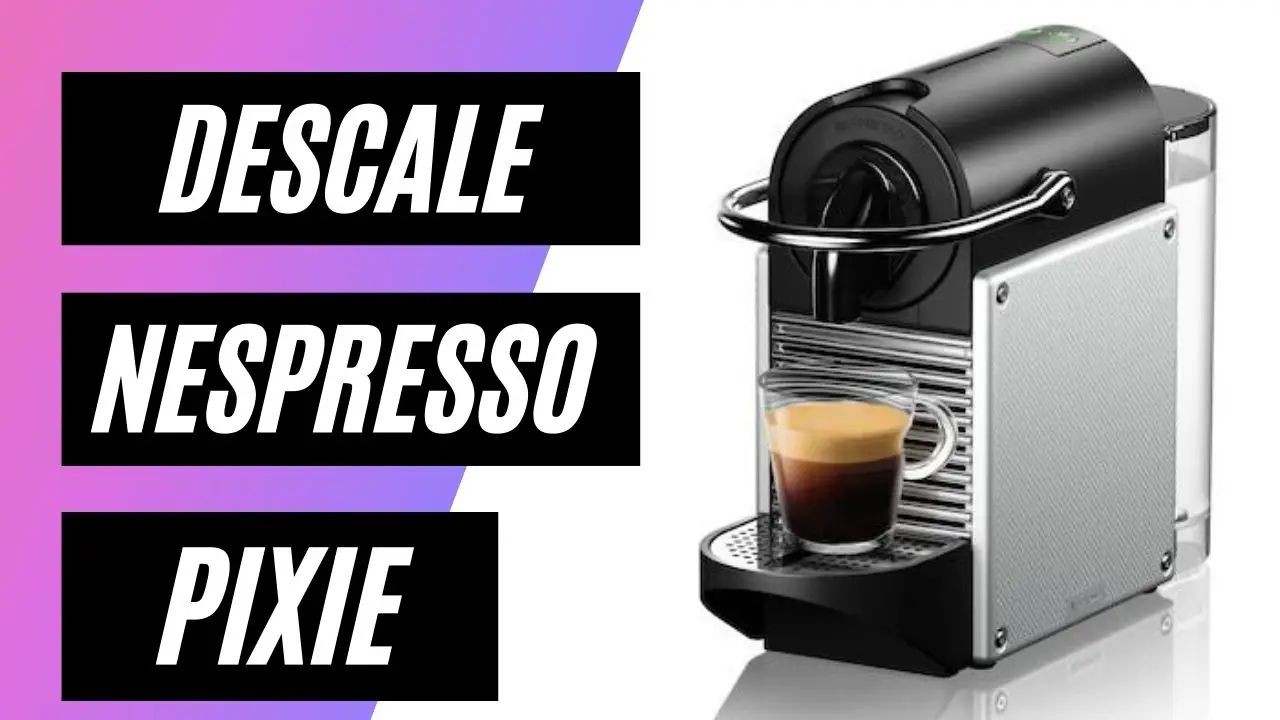
The best thing about owning an espresso machine for a caffeine-lover is always the next cup.
Horrible start to work? Get a cup of coffee.
Tiring week ahead on a Monday morning? Get a cup of coffee.
Need the motivation to meet your deadline on a tedious project? Get a cup of coffee!
If you love coffee and love drinking it without the tiniest bit of effort, you’ll value that special coffee-making equipment at the cafeteria at work or home.

But do you ever wonder how many times a day it is touched by your colleagues at work and your family at home? You can probably guess. And here’s the thing that makes that part of you that loves effortlessly made coffee worry; it requires a thorough cleaning, descaling, and that too regularly!
The longer the espresso machine lingers out in the moisture, more mold, yeast, and all sorts of bacteria gather for their own tea party. But incorporating a daily, weekly, and monthly habit of maintaining your precious Pixie will achieve fruitful results and relentless cups of coffee!
According to Chuck Gerba, professor of microbiology at the University of Arizona, there’s more bacteria in a break room than in an office building restroom. He says the top of the machine where the coffee pods are placed accumulate most germs.
“When you use the machine, it could get in your coffee,” he said.
According to Morgan Eckroth, a Portland, Oregon-based barista, it is imperative to air dry your equipment after each wash. She said, “I’ve definitely had rust buildup happen when I forgot about them and did not dry them off.”
You Just Took a Shot, Now What?
One of the most pleasant aspects of owning an espresso machine is the jolt of lightning their shots provide. Sometimes, after a hectic session of mowing the lawn on a Sunday morning, you want to decompress and perhaps indulge in your espresso shot. That’s great, but right after you finish the shot, don’t be tempted to avoid this crucial step.
This part involves necessary work ensuring your espresso maker is running smooth and is ready to squirt out the next exhilarating shot for you to indulge. However, avoiding this task will result in previously roasted grounds leaving a rusty flavor in the moment of truth.
- First, discard the leftover of the shot you just had. Leaving the residues in the machine for too long will result in deposits like oils and grounds settling in the filter basket.
- Wash the portafilter thoroughly for a couple of seconds to clean the former and the filter screen with it.
- Use a damp cloth to rub the portafilter dry.
- Make sure no leftover milk lingers around; wipe away any leftover milk with a damp cloth as remnants will dry and deposit onto the body quickly.
